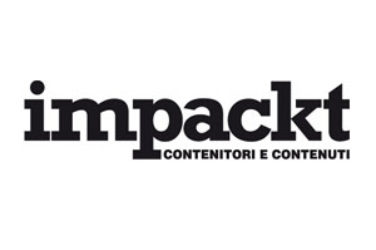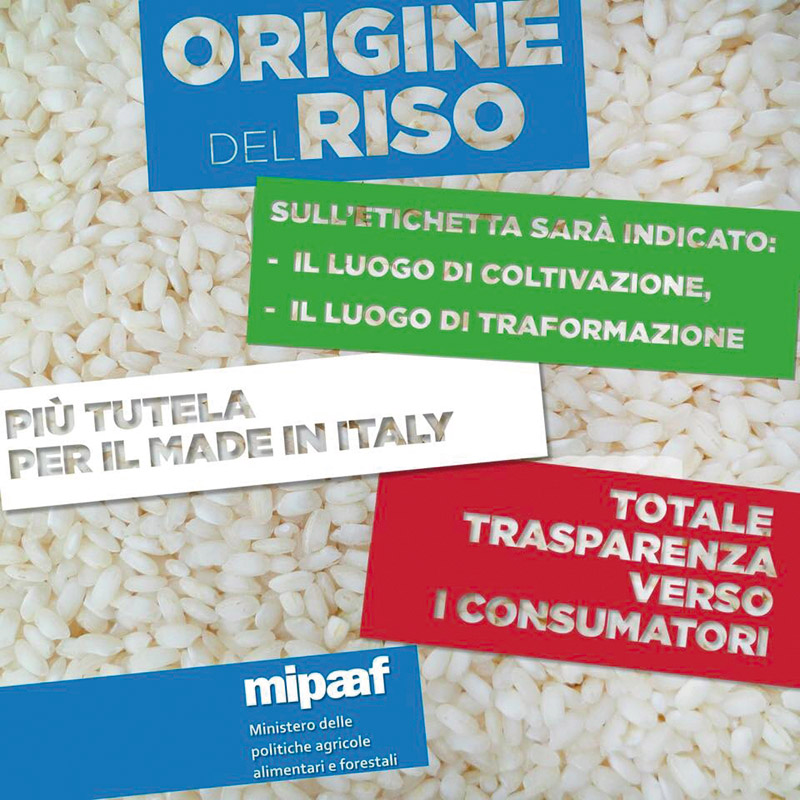(Source: Finlogic, Labeling and Barcode Solutions)
The decrees (signed by the Ministers Maurizio Martina and Carlo Calenda in the past legislature) are now fully in force and include the obligation to indicate the origin of the raw material on the label for rice and pasta. In the wake of what has already happened for milk and derivatives, the experimentation is scheduled for two years.
The obligation to expressly indicate on the pasta and rice packaging the place of cultivation has a dual purpose: to aim for the maximum transparency of the information on the label to the citizens and protect Italian products, in order to enhance and protect the work of national producers. The Italian initiative in the name of transparency is involving the whole supply chain also in Europe: after 4 years the EU Commission has in fact presented a first draft regulation implementing the regulation on labeling.
A step forward that needs to be improved, starting with the mandatory and non-optional indication of the origin of raw materials.
How the labels change
The indications on the origin must be placed on the label in an evident point and in the same field of vision so as to be easily recognizable, clearly legible and indelible.
Wheat/pasta. The decree lays down that dry pasta packs produced in Italy must indicate the following on the label:
a) Country of cultivation of wheat (name of the country where the wheat is grown);
b) Country of milling (name of the country where the wheat is ground).
If these phases take place in the territory of several countries, the following indications may be used, depending on the origin: EU countries, NON-EU countries, EU and NON-EU countries;
c) if the wheat is cultivated for at least for 50% in a single country, such as Italy, the words “Italy and other EU and/or non-EU countries” may be used.
Rice. The provision states that the following must be indicated on the rice label:
a) “Country of rice cultivation”;
b) “Country of processing”;
c) “Country of packaging”.
If the three phases take place in the same country the wording “Origin of rice: Italy” can be used.
For rice as well, if these phases take place
in the territory of several countries, the following indications can be used, depending on the origin: EU countries, NON-EU countries, EU and NON-EU countries.


